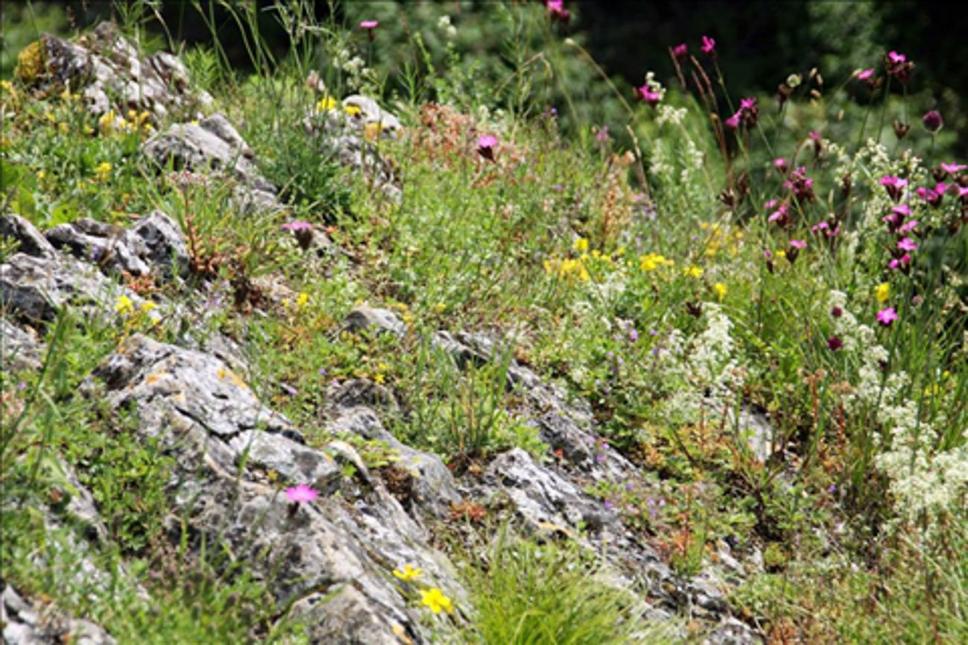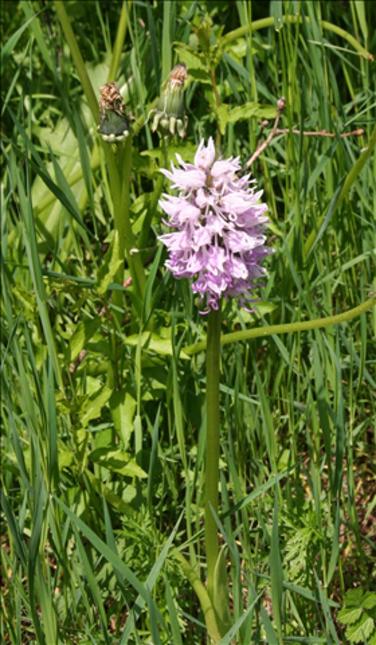The Calestienne
Now we're heading back towards Belvaux, the charming little village of the Calestienne area where we started our walk. But was does Calestienne really mean? The southern part of the Famenne, between the schist-laden Famenne soil and the Ardennes, is called the Calestienne, which is where you are now. The Calestienne area is a narrow strip of only a couple of miles long which stretches out across the entire breadth of Wallonia, from Chimay to Couvin in the west, to Hamoir, Ferrières and Aywaille in the east, even passing through Givet (in France), and, Beauraing, Rochefort, Marche-en-Famenne, Hotton and Durbuy. The word Calestienne was invented by botanists who were so impressed by the local flora - that is incomparable to anything found in the adjacent areas- that they thought it would be a good idea to give this small but singular territory its own specific name. The etymology of the world Calestienne (from the German word ‘Kalkstein’, limestone) refers to the limestone that you have had the pleasure of admiring on the façades in the village and that constitutes most of the hills that encircle the Lesse Valley. It’s the physical and chemical properties of this same limestone that led to the creation of the famous caves of Han-sur-Lesse.
Reception










